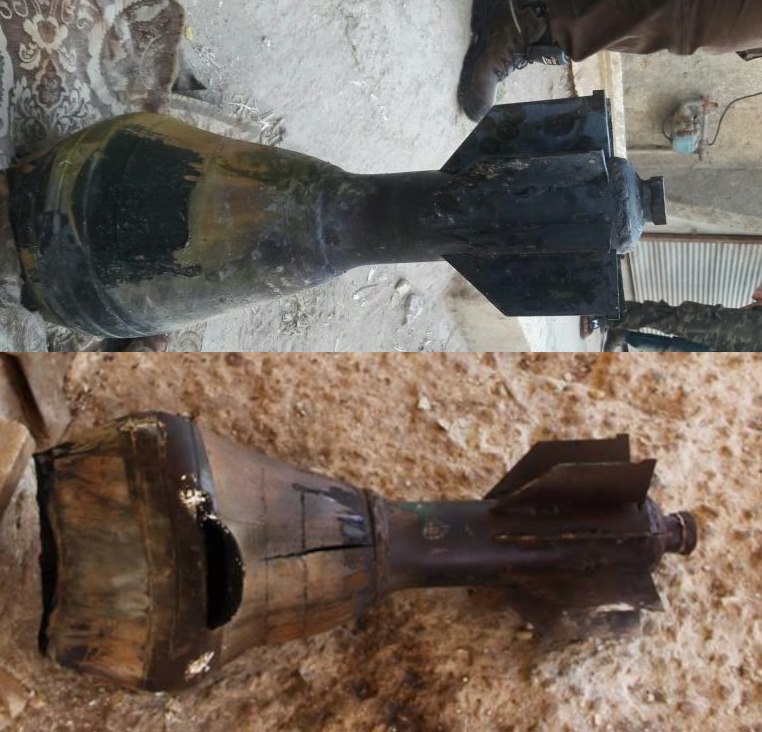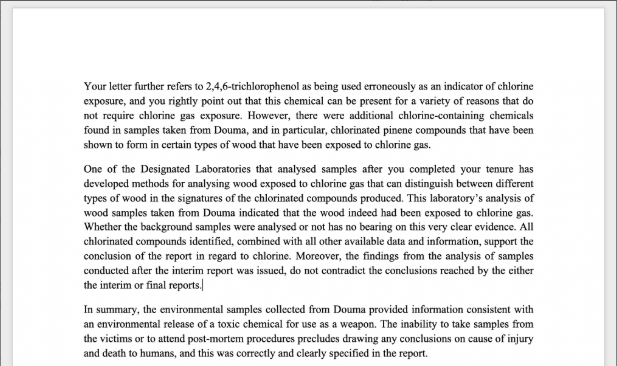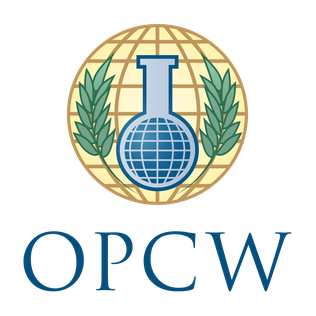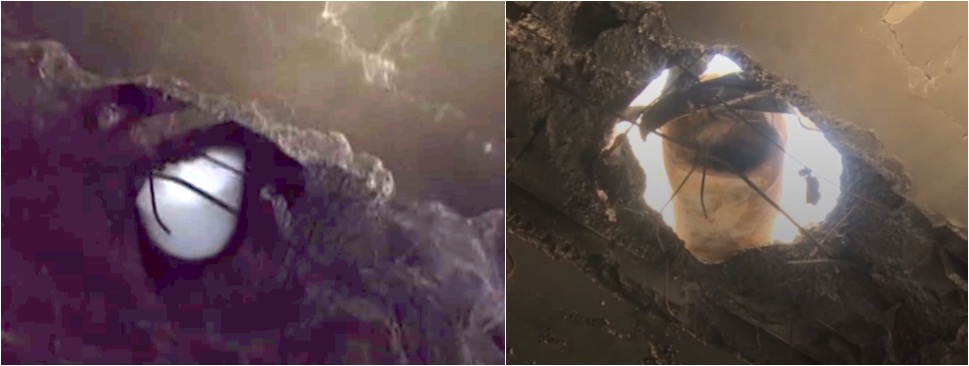Signs of Mustard Gas Use in September ISIS Chemical Attacks
On September 16th 2016 social media reports began to surface of a chemical weapons attacks by ISIS on multiple villages in the Aleppo area. Initial reports included images of a munition and blisters alleged to be the result of the attacks:
ISIS has shelled the Kurdish village of Umm Hosh with mortars filled with chemical gas. pic.twitter.com/bA6t5mDEIa
— Unite Kurdistan (@UniteKurdistan) September 16, 2016
Update #afrin #ISIS attacked Kurdish Vlgs with Chemical weapon, exposed cases can't breath, N-Syria #TwitterKurds pic.twitter.com/mLsjYmxZHY
— Kovan Direj (@kovandire) September 17, 2016
Additional media reports also included the names of additional locations which were reportedly involved with the attack, including Harbal, near Maarat Umm Hawsh (Umm Hosh), and Afrin.
One video about the attack was also uploaded to YouTube:
The witness at the state of the video states the following :
Symptoms appeared in my son’s eyes and chest but he’s fine as he was working outside. My daughter and the woman inside who is our neighbour are the most affected. My daughter was in her house.
The woman who was attacked doesn’t have any family. She was affected badly by chemical weapons.
At 01:41:
I’m from the area of Deir-Hafer. We were attacked by a missile. One person was died and 2 girls. The missile hit our neighbour’s house. I went there to help them.
I don’t have anything: No food, No water, I don’t have clothes for my children. My husband was detained by ISIS. Look at my neighbour here, she is really suffering as a result of the chemical attack.
It’s notable that Deir-Hafer is over 70km away from the other locations mentioned in other reports in the press and social media.
A relatively small number of images and reports were produced from these alleged attacks, but two things are notable about those images. Firstly, the blisters shown in the images of the attacks would indicate mustard gas was in at least some of the attacks. This type of blistering has been seen in previous mustard gas attacks by ISIS, and the symptoms displayed are consistent with signs of mustard gas exposure (more details of which can be found here). While it is impossible to say with 100% certainty which agent was used, it seems likely the agent used was mustard gas.
The second notable element to these attacks is the munition used. On August 16th 2016 another ISIS chemical attack was reported in the town of Marea, Aleppo. Marea is located close to the location of many of the September attacks, and the earlier Marea attack was documented by Bellingcat, which included images of the munition used. In the below comparison image the top munition is from the alleged ISIS attack in Marea in August, and the lower image is from the September attacks:
The munition used in both attacks are clearly the same design of munition, a mortar shell that matches no known chemical munition. It seems likely the munition has been manufactured by ISIS, with the source of the chemical fill as yet unknown.
Based on the current open source evidence it is difficult to confirm the number of attacks that took place in September, whether or not every attack involved the mortar shells described above, the total number of victims, and the symptoms presented by victims of the attack. Despite all this it is clear further investigation of these attacks is warranted, as it strongly indicates ISIS has the capability and willingness to deploy chemical weapons on civilian populations in Syria.



